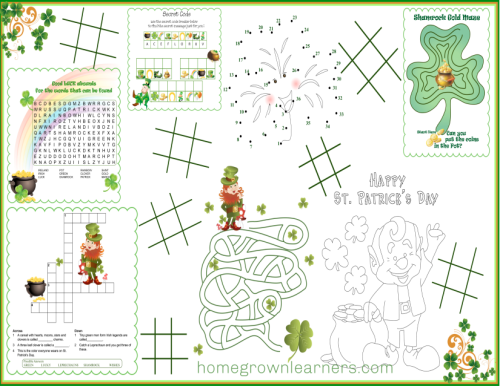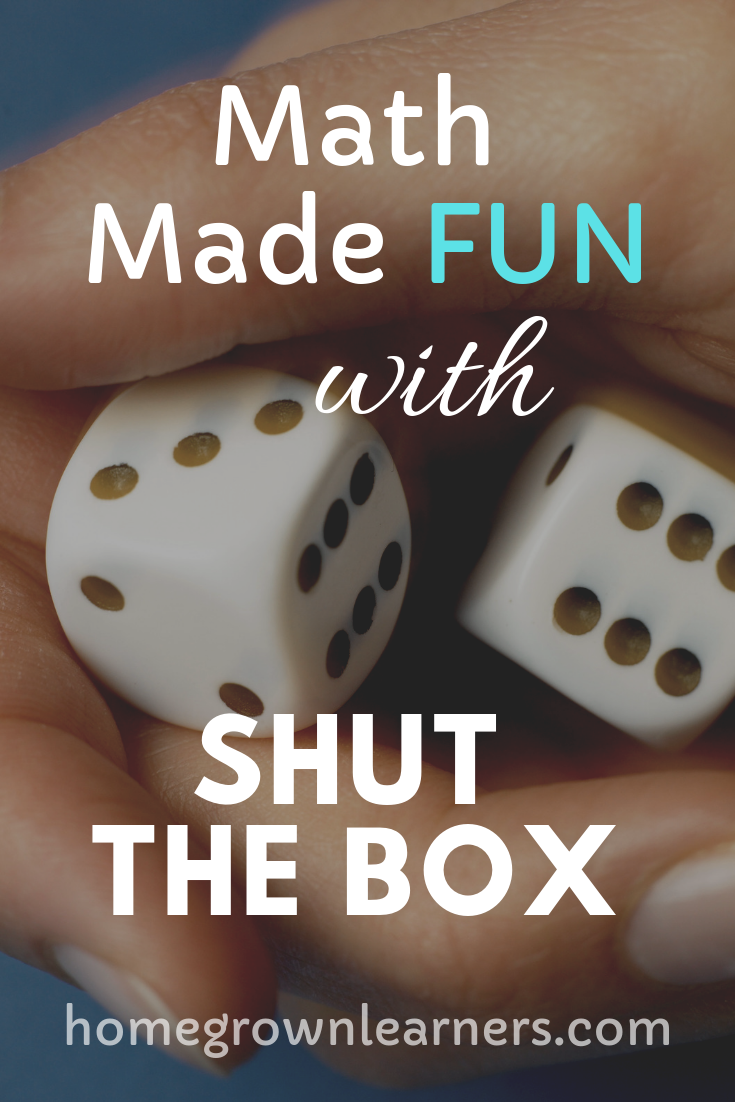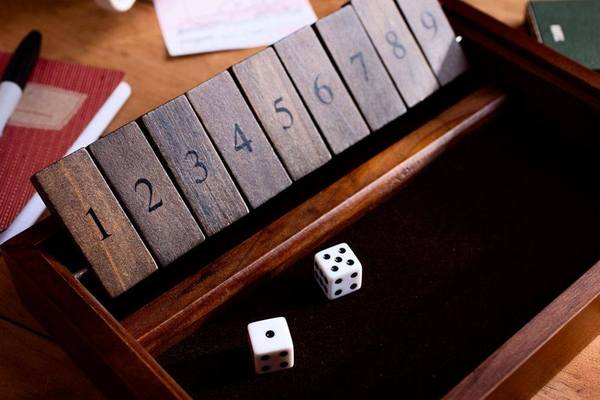March seems to the month of “more” in many homeschools.
The winter months are starting to disappear, and spring is on the horizon. Moms seem to smile more - because kids can be outside more and the sun is shining more, too. In keeping with that feeling, March was a month when we could accomplish more and have more fun, too.
First we had Pi Day (always a big deal in our house) and then St. Patrick’s Day!
One of the biggest benefits of homeschooling is the creativity and flexibility we can exercise with our kids - put together your own March studies and just ENJOY your kids.
I have a lot of activities for March - all of them designed for maximum learning and an extra dose of FUN.
Activities for March
All of these activities are FREE.
Many of them are physical PDF downloads you can have your children complete and/or read to them. A few are activities you can do along with your children (the baking, poetry, and music).
I could see a week of St. Patrick’s Day/Pi Day themed morning times, or simply a couple of days of March fun.
Pick a good read aloud for your time - maybe something like the Magic Treehouse book, Leprechaun in Late Winter, as the “big thing” for your month - then add the other smaller things as you can.
The sky is truly the limit (ok — maybe the pot of gold at the end of the rainbow is the limit in this case!).
Celebrate Pi Day
Some kids just speak LEGO.
I took this language and translated it to every subject area in our homeschool.
It was particularly fun on March 14 (3.14) - Pi Day.
Learn about Pi with LEGO bricks!
You’ll also see in the post how we incorporated chalk pastels with our LEGO Pi activities. This was a GREAT day!
The TRUTH of St. Patrick’s Day
It has long been a pet peeve of mine when we reduce significant, meaningful holidays to make them “Hallmark Holidays”. Know what I mean?
I always wanted my children to know the true story of St. Patrick’s Day.
Simply print out this post and read it aloud to your children.
Poetry, Music & Sweets for St. Patrick’s Day
It is also important to have fun with the holidays, yes?
I believe we can incorporate fun with the serious.
For St. Patrick’s Day, explore an Irish poem, listen to some traditional Irish music, and then make some cute pretzel shamrocks to give your kiddos a sweet treat.
These three simple activities would make a wonderful afternoon on St. Patrick’s Day.
Simple.
St. Patrick’s Day Coloring Fun
Here two little freebies I’ve put together for you. These will keep your littles ones engaged while you might be reading aloud or doing other things with your older children:
Printable St. Patrick’s Day color/activity placemat (when printing use “scale to fit” option)
St. Patrick’s Day Shamrock coloring (when printing scale up a bit to make larger, or down a bit to make smaller)
St. Patrick’s Day Writing Prompts
Finally - we’ll circle back to your LEGO lovers.
I created these minifigure writing prompts to inspire your children. The prompts also reinforce a grammar rule that is presented. (We’ll sneak is some learning with the fun.)
My guy LOVES to write (he is almost 15 now), and I think a lot of that has to do with these LEGO Minifig writing prompts. We made writing humorous and fun.
I hope you found something you could add to your month of March!
The days are long, but the years are short. Use this time to create beautiful memories for your children, while helping them discover all about the world around them.
What a gift we have in homeschooling!








